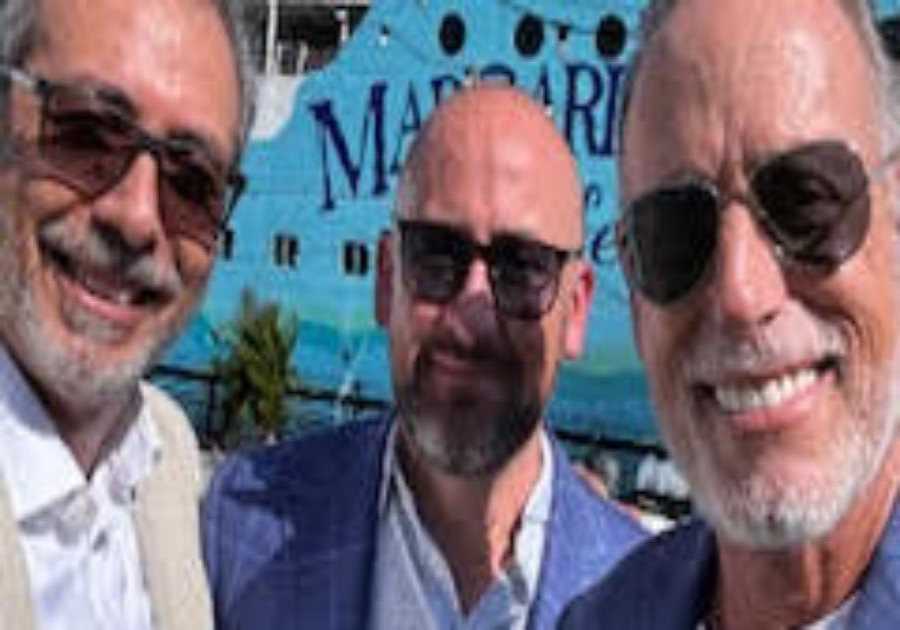Are you ready to be totally surprised? I was when I started planning my trip to Tampa Bay area. I had no idea the history, the importance, and the up comeuppance of this really cool city.
After visiting the Tampa Bay History Center, I wanted to know more, since I’m quite a history buff and find that history is what makes the places come alive. We stayed at The Barrymore Hotel in downtown Tampa, in case you were wondering.
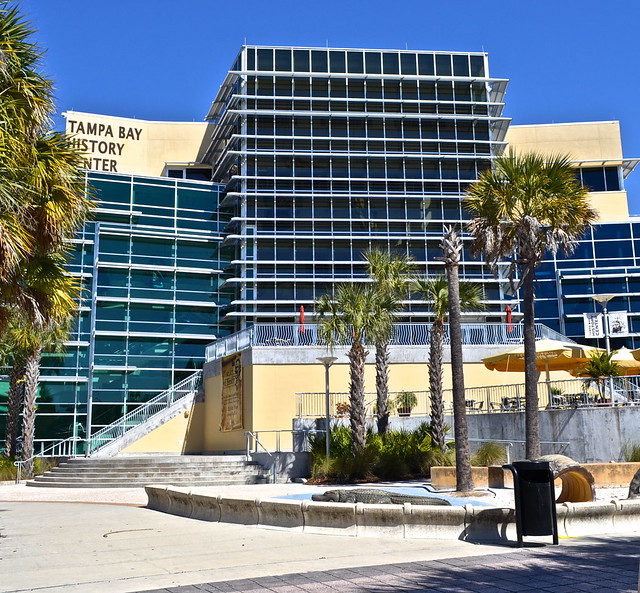
Tampa History Facts
- Its modern history began with the founding of Fort Brooke in today’s downtown in 1823.
- But archeological evidence indicates that the shores of Tampa Bay had been inhabited for thousands of years before that.
- At the time of European contact in the 16th century, the Safety Harbor culture dominated the area, with indigenous groups organized into three or four chiefdoms.
- The Tocobaga’s principal town was located at the northern end of Old Tampa Bay near today’s Safety Harbor in Pinellas County.
- Uzita controlled the south shore of Tampa Bay.
- Mocoso was on the east side of Tampa Bay.
- And there may have been a fourth independent chiefdom, the Pohoy or Capaloey, centered on Hillsborough Bay near today’s downtown Tampa.
- In April 1528, the Narváez Expedition landed near present-day Tampa with the intention of starting a colony.
- After being told by the natives of wealthier cultures to the north, they abandoned their camp to search for non-existent riches.
- 12 years later, a surviving member of the expedition named Juan Ortiz was rescued by Hernando de Soto’s expedition.
- De Soto conducted a peace treaty with the Tocobaga, and a short-lived Spanish outpost was established.
- However, this was abandoned when it became clear that there was no gold in the area.
- Between depopulation due to diseases introduced by Europeans and the indifference of its colonial owners, the Tampa Bay area would be virtually uninhabited for the next 200+ years.
- Great Britain acquired Florida in 1763 as part of the treaty which ended the French and Indian War (Seven Years’ War).
- Britain was much more concerned with the strategically important Atlantic coast of Florida (especially St. Augustine) than other parts of the territory. But the Tampa area did have a few residents.
- Spain regained control of Florida in 1783.
- Since the mid-1700s, people from various native cultures fled to Florida to distance themselves from encroaching settlers in their homelands. They were joined by escaped slaves from neighboring colonies. They developed a new Seminole culture.
- In 1821, the United States purchased Florida from Spain.
- One of the first U.S. actions in its new territory was to launch a raid which destroyed Angola, a village built by escaped slaves.
- In 1823, the United States imposed upon the leaders of the Seminoles to sign the Treaty of Moultrie Creek. It created a large Indian reservation in Florida.
- As part of this effort, Fort Brooke was established on January 10, 1824, just about where today’s Tampa Convention Center in Downtown Tampa is.
- In December 1835, troops led by Major Francis L. Dade were ambushed by on their way from Fort Brooke to Fort King (near present-day Ocala) it was dubbed the Dade Massacre. This marked the beginning of the Second Seminole War.
- In 1845 Florida became the 27th state.
- During a strong hurricane in late September 1848 almost every building in Tampa was either damaged or destroyed, including most of Fort Brooke.
- Much of the population stayed to rebuild.
- The settlement of Tampa recovered and in 1849 it got incorporated as the “Village of Tampa”.
- The city’s first official census count in 1850 indicated that Tampa had 974 residents.
- Tampa’s first church was established by a Methodist congregation in 1846.
- On January 10, 1861, the state of Florida seceded from the United States along with the rest of the American South to form the Confederate States of America.
- In May 1864 the Union forces occupied Fort Brooke, threw most of the fort’s armaments into the River and destroyed most of the fort.
- Throughout the late 1860s and 1870s Tampa suffered an epidemic of yellow fever, affecting the population size and therefore the economy.
- The fort was decommissioned in 1883, only two cannons remain today on the nearby University of Tampa campus.
- Phosphate, a mineral used to make fertilizers and other products, was discovered in the Bone Valley region southeast of Tampa in 1883.
- Tampa’s port still ships millions of tons of phosphate annually.
Henry Plant’s Influence on Tampa
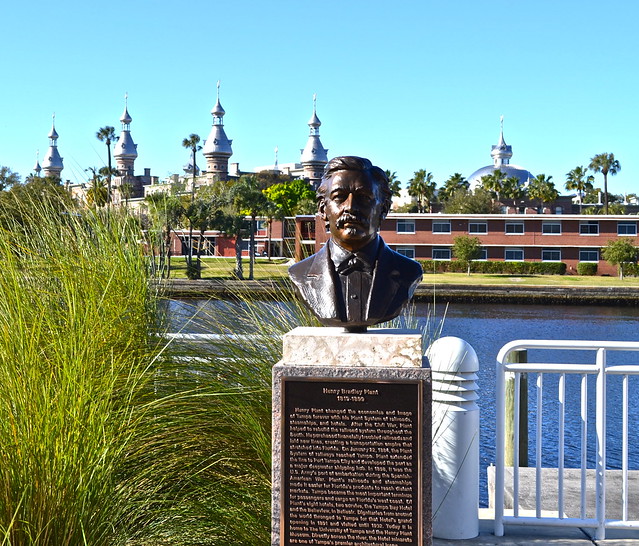
- In February 1884 Henry Plant ran a railroad line west across central Florida to connect the Tampa Bay area to his railroad network.
- The visitors coming in modest numbers through the railroad stayed in Henry Plant’s first Tampa-area hotels.
- Plant continued his rail line across Tampa to the western side of the Tampa Peninsula, where he built the new town of Port Tampa City and opened St. Elmo Inn and Port Tampa Inn, both are long gone.
- In 1891, Henry B. Plant built a 500+ room luxury resort hotel called the Tampa Bay Hotel on the west bank of the Hillsborough River. Since 1933 is it part of the University of Tampa.
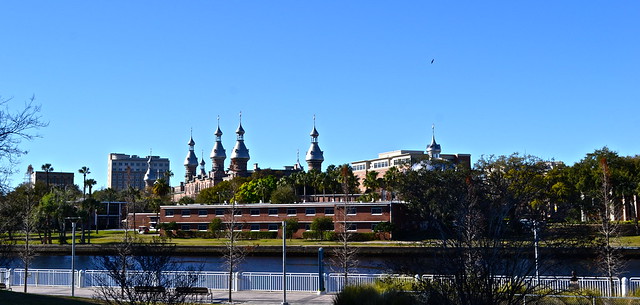
Cigar Industry in Tampa Bay
- The new railroad also attracted the cigar manufacturing industry in 1885.
- The import of fine Cuban tobacco by sea was easy and Plant’s railroad made a shipment of finished cigars to the rest of the US market easy by land.
- Vicente Martínez Ybor built hundreds of small houses around his factory to accommodate thousands of Cuban and Spanish cigar workers.
- Other cigar manufacturers soon followed the example and moved.
- Starting in the late 1880s, many Italian and a few eastern European Jewish immigrants also arrived and opened businesses and shops that catered to the cigar workers.
- By 1900, the town already had one of the largest populations in Florida, mostly Cubans involved in the cigar industry.
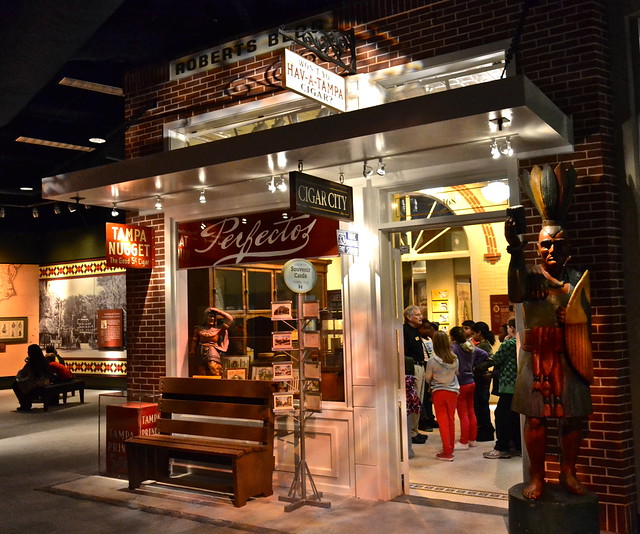
- Tampa was chosen as an embarkation center for American forces heading to Cuba for the Spanish-American War in 1898.
- The war was very popular in Ybor City. Many of the Cuban cigar workers had long pressed for Cuba Libre – a Cuba free of Spanish colonial rule.
- During the Great Depression, other industries started blooming: shipping and tourism.
- In 1904, a local civic association of local businessmen called “Ye Mystic Krewe of Gasparilla” staged an “invasion” of the city followed by a parade. The Gasparilla Pirate Festival has been held every year since.
- In 1914, pioneering aviator Tony Jannus captained the inaugural flight of the world’s first commercial passenger airline.
- In 1925, Tampa annexed the neighboring town of West Tampa that had been founded in 1894.
- In 1953, the city annexed the nearby communities of Sulphur Springs and Palma Ceia.
- In 1956 the University of South Florida was established.
- The 2004 Atlantic Hurricane Season was historically busy for all of Florida, including Tampa, four hurricanes affected it that year.
Florida Crackers and Cowboys
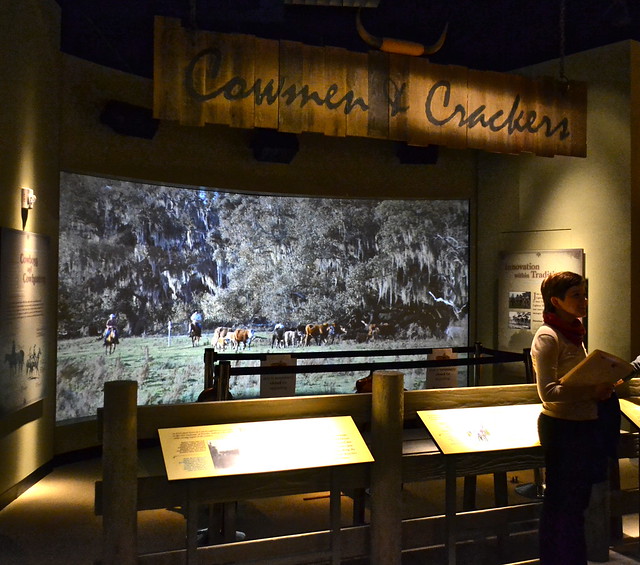
- Florida cracker is a term used to refer to colonial-era English and American pioneer settlers and their descendants.
- They first arrived in 1763.
- In Florida, those who own or work cattle traditionally have been called cowmen.
- Many times the terms cowman and Cracker were and still are used interchangeably because of similarities in their folk culture.
- The Florida “cowhunter” or “cracker cowboy” of the 19th and early 20th centuries was very different from the Vaquero and the Western cowboy.
- The main differences are:
– Florida cowboys did not use lassos to herd.
– Their primary tools were cow whips and dogs.
– The “cracker cow”, also known as the “native” or “scrub” cow, averaged about 600 pounds, smaller than the western breeds.
- Among Floridians the term is still used as a proud self description.
- There is also a Cracker Storytelling Festival that has been held annually during fall since the late 20th century.The year 2013 marked the 25th anniversary of the festival.
Cuban Sandwich in Tampa Bay
- It is a variation of a ham and cheese originally created in cafés catering to the tobacco Cuban workers in Florida.
- The sandwich is made with ham, roasted pork, Swiss cheese, pickles, mustard, and sometimes salami on Cuban bread.
- In April 2012 it was designated as the “signature sandwich of the city of Tampa” by Tampa’s city council. You can find it at many Tampa Restaurants.
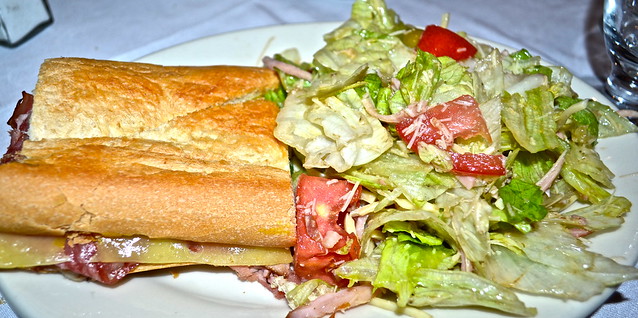
The post Tampa Bay History and Facts That You Didn’t Know appeared first on Travel Experta - Travel, Lifestyle, Freedom.
----------------------------------------------------------------------------------------
By: Marina 'Travel Experta'
Title: Tampa Bay History and Facts That You Didn’t Know
Sourced From: travelexperta.com/visit-tampa-bay-history-and-facts-that-you-didnt-know/
Published Date: Mon, 12 Dec 2022 12:17:39 +0000
Did you miss our previous article...
https://rsssuperfeeds.com/travel/a-short-guide-to-planning-an-exciting-caravan-tour


